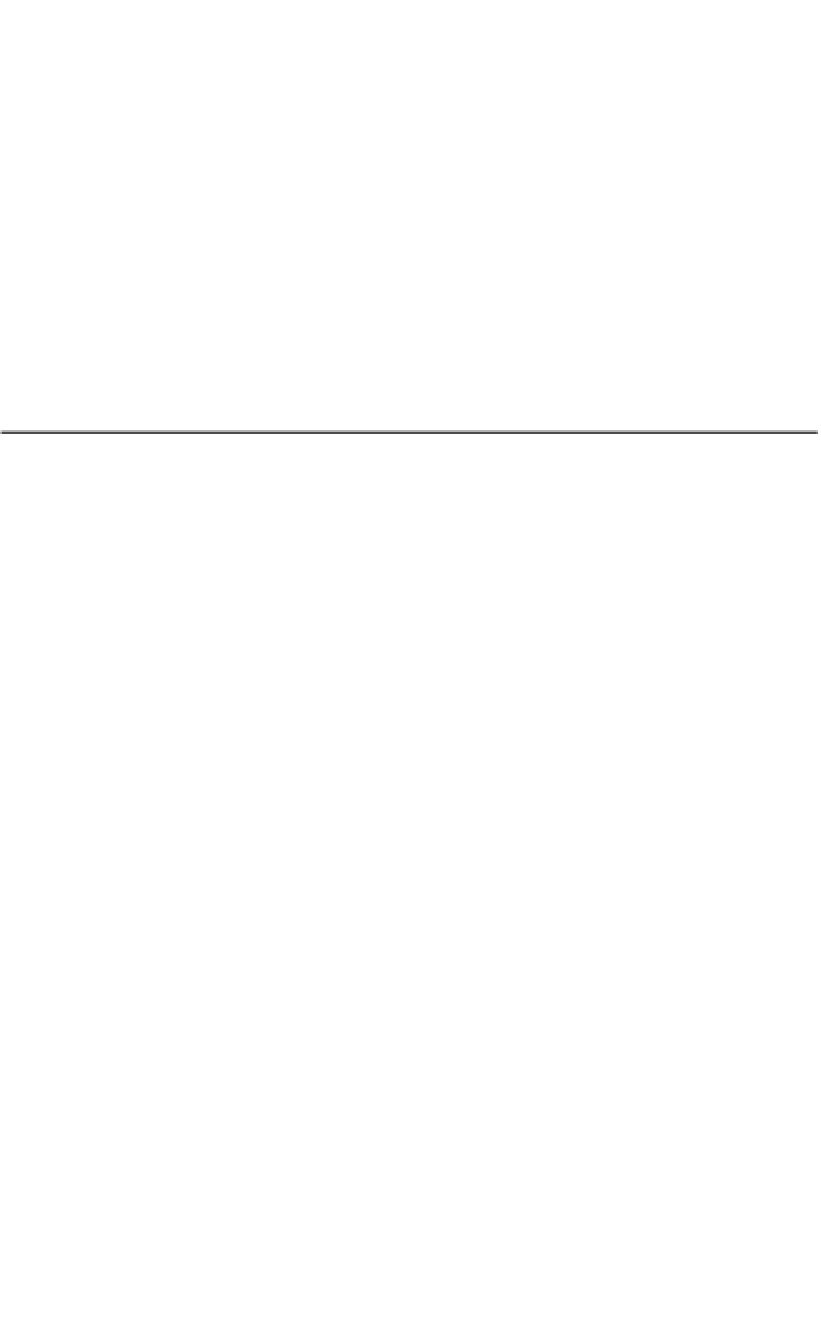Environmental Engineering Reference
In-Depth Information
Table 9.14.
Clogging criteria (Christopher, et al., 1994).
A
Critical/severe applications
Perform soil/geotextile filtration tests (e.g. Calhoun, 1972; Haliburton, et al., 1982a and b;
Giroud, 1982; Carroll, 1983; Christopher and Holtz, 1985 and 1989; Koerner, 1990).
B
Less critical/non-severe applications
1. Perform soil/geotextile filtration tests;
2. Minimum pore sizes alternatives for soils containing fines, especially in a non-continuous
matrix:
a. O
95
3D
15B
for C
u
3 (Christopher and Holtz, 1985 and modified 1989);
b. O
f
4D
15B
(French Committee on Geotextiles and Geomembranes, 1986);
c. O
15
/D
15B
0.8 to 1.2;
O
50
/D
50B
0.2 to 1 (Fischer, et al., 1992).
3. For C
u
3, geotextile with maximum opening size from retention criteria should be specified;
4. Apparent open area qualifiers;
Woven geotextiles: present open area
4% to 6% (Calhoun, 1972; Koerner, 1990);
Nonwoven geotextiles: porosity
30% to 40% (Christopher and Holtz, 1985; Koerner,
1990).
(b) Durability during operation, both from a viewpoint of mechanical issues, e.g. ability
to cope with differential deformations, and chemical durability.
Heerten (1993) suggests using a geotextile with a mass of not less than 300 grams/m
2
.
This was based on tests where sites were exhumed after construction;
Christopher et al. (1993) suggest trialling the geotextile in the application proposed and
exhuming trial sections to show the geotextile is sufficiently robust;
Giroud and Bonaparte (1993) give some advice on construction practice:
-
If the soil is placed or excavated before geotextile placement, its surface should be as
smooth as possible. This requirement is particularly important if the geotextile filter is
part of a stiff geocomposite. If the soil is placed after the geotextile, it should be com-
pacted to eliminate voids in the vicinity of the geotextile;
-
The geotextile should be installed to be not too taut, but also not too loose (wrinkles must
be avoided). If the geotextile is placed on a previously placed or excavated soil, all efforts
should be made to follow the shape of the soil. If proper contact cannot be ensured,
because the geotextile is part of a stiff geocomposite, sand should be placed between the
soil and the geotextile. The sand particle size must be compatible with the soil particle size
and the geotextile opening size;
-
The aggregate, if any, used in contact with the geotextile must be small enough to
apply a uniform stress on the geotextile in order to properly confine the soil located
on the other side of the geotextile. A maximum aggregate size of 20 mm is recom-
mended.
The long term chemical durability of geotextiles has been and remains a significant con-
cern. Giroud and Bonaparte (1993) indicate examples of successful operation for up to 35
years. However concerns on long term durability remain e.g. ICOLD (1986) (and by impli-
cation ICOLD, 1994).
9.7.2.5
Use of geotextile filters in dams
Use of geotextiles to perform a permanent function, probably in lieu of a sand/gravel fil-
ter, does require consideration of the effectiveness of the geotextile as a “filter” and
“drain” as has been discussed in preceding Sections. It also requires consideration of long-
term function without damage due to deformation or clogging and durability, particularly

